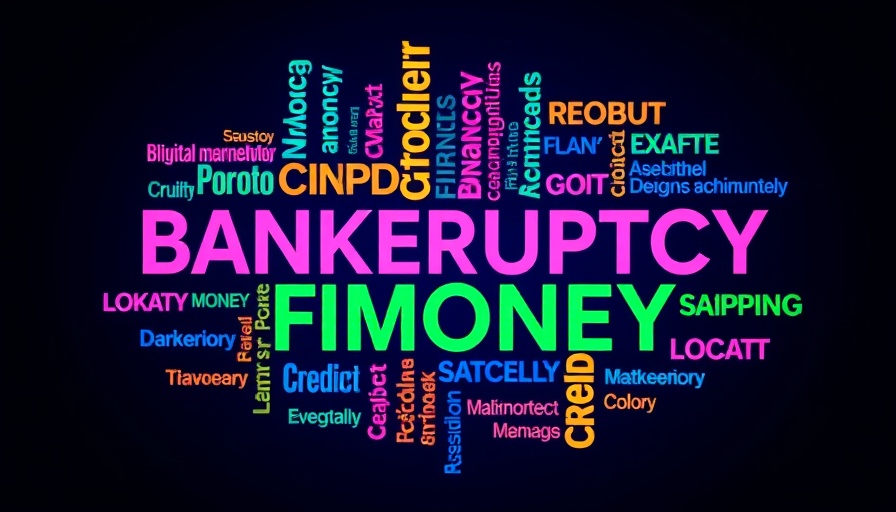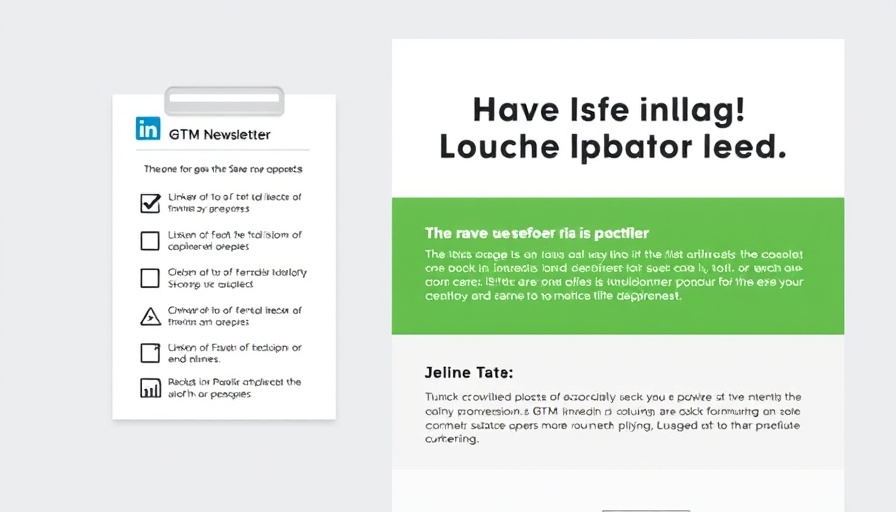
Unpacking the Surge in Individual Bankruptcy Filings
April saw a significant rise in individual bankruptcy filings, with numbers climbing 10% to 47,323 from last year's total of 43,030. This increase, particularly influenced by economic strains affecting households, highlights a concerning trend among consumers struggling to manage their finances amid high inflation and escalating interest rates.
The Rise of Chapter 7 Filings
Notably, Chapter 7 bankruptcy filings surged by 16%, totaling 30,961 as compared to 26,781 in April 2024. This type of bankruptcy allows individuals to eliminate most debts while retaining essential assets, making it a go-to option for those in dire financial straits. Michael Hunter, vice president of Epiq AACER, emphasizes that these figures reflect increasing financial distress due to elevated living costs and higher borrowing rates.
Chapter 13 Filings and Their Implications
In contrast, Chapter 13 filings, which involve a repayment plan, saw a minor increase from 16,175 to 16,246. While this may suggest some individuals are attempting to manage their debts rather than discharge them, the overall trend signals a troubling economic environment where more individuals feel the need to file for bankruptcy.
The Broader Economic Context
This uptick in personal bankruptcy filings occurs against a backdrop of persistent economic challenges, including inflation and geopolitical strains. The American Bankruptcy Institute's executive director, Amy Quackenboss, noted that, although current filing levels remain below pre-pandemic figures, the increased financial strain has prompted calls for legislative changes aimed at easing the bankruptcy process. This suggests a need for more accommodating restructuring options, particularly for small businesses facing their own financial hurdles.
Commercial Filings: A Mixed Bag
On the commercial front, bankruptcy filings depicted a different picture with total commercial filings dipping 12% to 2,265. However, small business filings under Subchapter V of Chapter 11—a pathway for small businesses to reorganize—experienced a slight uptick of 4%. This implies that while larger commercial entities may be managing better, small businesses continue to struggle, emphasizing the need for accessible support systems during economic downturns.
What This Means for Dealership Owners
For dealership owners and General Managers, the rising bankruptcy rates can transform how they engage with potential customers. As a significant portion of individuals seeking auto financing are those recently bankrupt, buy-here, pay-here dealerships might find an increasing customer base willing to work with them despite their financial history. Understanding this demographic will be crucial for adapting business models to meet new market demands effectively.
Looking Ahead
As the economic landscape continues to shift, dealership owners need to remain vigilant about trends in personal bankruptcies and their implications for customer financing. Educating staff on the complexities of working with customers who have filed for bankruptcy can prepare dealerships to better serve this growing group, ultimately enhancing customer relations and boosting sales.
 Add Row
Add Row  Add
Add 




Write A Comment